Open Waters 2019-2020
This report will summarize the findings of ACAP Saint John’s 2019 Open Waters project. Open Waters aims to assess the general water quality across streams in the Greater Saint John Area, including tributaries of the Wolastoq [St. John River (SJR)] and of the Saint John Harbour. This project is incredibly significant in a city with a long history of human and industrial uses and impacts on waterways. ACAP Saint John has collected over 27 years of water quality data across many sites in the Saint John region and this historic data has been incorporated into this report.
In 2019, 26 sites were analyzed and across these sites, when excluding fecal coliform counts, general water quality was observed to be in good or excellent condition at 19 of these sites, as determined by the Canadian Council for the Ministers of Environment (CCME) water quality index calculations. This suggests that most sites across Saint John show minimal to no impairment in water quality parameters measured, an excellent feat for an industrial Harbour region. The exception to this is in Marsh Creek and Newman’s Brook Downstream where sites are in fair condition, suggesting water quality is occasionally impaired or threatened. When considering fecal coliform counts the data suggest further impairment across sites (15 of 26 sites). This is especially evident in Marsh Creek where historical sewage contamination is known to be present, although concentrations are low compared to pre-Harbour Cleanup (2014) values. Though generally speaking the water of the Greater Saint John area is in good conditions, the excess nutrients and fecal coliform present across a range of sites suggests that there is an influence of stormwater or sewer inputs in the system and this monitoring should continue across the Wolastoq, its tributaries, and the Saint John Harbour.
Fish community data is also reported herein and will indicate that there is a wide variety of species and abundant numbers sampled across the Saint John Harbour. This work is part of a larger monitoring program that will help identify baseline ecosystem status through various endpoints, including fish community richness and diversity. This is a preliminary reporting of this data and more analysis is to be completed.
